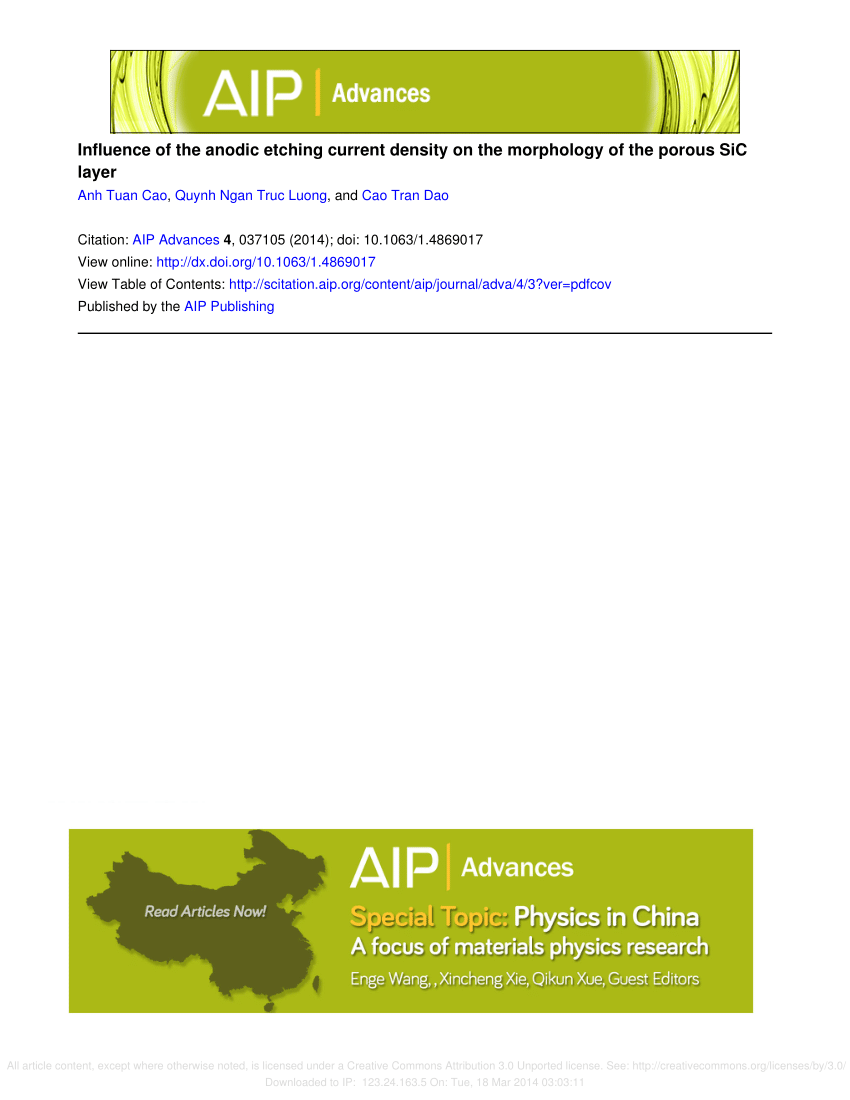A new bilevel algorithm for UUV global path planning
IF 1.4
4区 物理与天体物理
Q4 MATERIALS SCIENCE, MULTIDISCIPLINARY
引用次数: 0
Abstract
Global path planning is one of the key technologies in unmanned underwater vehicle (UUV) intelligent control. At present, research on UUV global path planning technology tends to choose long-distance and large-scale 3D space as the research environment, which leads to a sharp increase in the amount of data and search range for 3D spatial path planning. Therefore, an efficient and relatively small data volume 3D spatial path planning method is an urgent problem that needs to be solved for UUV engineering applications. To solve this problem, a new bilevel path planning algorithm for UUV is proposed. In the upper level of the algorithm, a Max Min Ant System-Elite Genetic (MMAS-EGA) algorithm is put forward, which is a hybrid ant colony optimization/genetic algorithm, in order to improve the convergence speed of the algorithm. In the lower level of the bilevel algorithm, a function optimization algorithm and the MMAS algorithm are used to minimize the number of variables to be optimized. To verify the effectiveness of the algorithm, we conducted simulation experiments in a three dimensional environment. The simulation results in the three-dimensional environment show that, compared with the existing bilevel algorithm, the time to search the global optimal solution is reduced by 9%, and the number of iterations is reduced by 4.4%. Furthermore, the new algorithm we proposed is more efficient and suitable for global path planning for different tasks.用于 UUV 全局路径规划的新型双级算法
全局路径规划是无人潜航器(UUV)智能控制的关键技术之一。目前,无人潜航器全局路径规划技术的研究往往选择长距离、大尺度的三维空间作为研究环境,导致三维空间路径规划的数据量和搜索范围急剧增大。因此,一种高效且数据量相对较小的三维空间路径规划方法是 UUV 工程应用亟待解决的问题。为解决这一问题,本文提出了一种新的 UUV 两级路径规划算法。在算法的上层,提出了最大最小蚁群系统-精英遗传(MMAS-EGA)算法,这是一种蚁群优化/遗传混合算法,目的是提高算法的收敛速度。在双层算法的下层,采用函数优化算法和 MMAS 算法,以最小化待优化变量的数量。为了验证算法的有效性,我们在三维环境中进行了仿真实验。三维环境下的仿真结果表明,与现有的双层算法相比,搜索全局最优解的时间缩短了 9%,迭代次数减少了 4.4%。此外,我们提出的新算法更加高效,适用于不同任务的全局路径规划。
本文章由计算机程序翻译,如有差异,请以英文原文为准。
求助全文
约1分钟内获得全文
求助全文
来源期刊

AIP Advances
NANOSCIENCE & NANOTECHNOLOGY-MATERIALS SCIENCE, MULTIDISCIPLINARY
CiteScore
2.80
自引率
6.20%
发文量
1233
审稿时长
2-4 weeks
期刊介绍:
AIP Advances is an open access journal publishing in all areas of physical sciences—applied, theoretical, and experimental. All published articles are freely available to read, download, and share. The journal prides itself on the belief that all good science is important and relevant. Our inclusive scope and publication standards make it an essential outlet for scientists in the physical sciences.
AIP Advances is a community-based journal, with a fast production cycle. The quick publication process and open-access model allows us to quickly distribute new scientific concepts. Our Editors, assisted by peer review, determine whether a manuscript is technically correct and original. After publication, the readership evaluates whether a manuscript is timely, relevant, or significant.
 求助内容:
求助内容: 应助结果提醒方式:
应助结果提醒方式:


